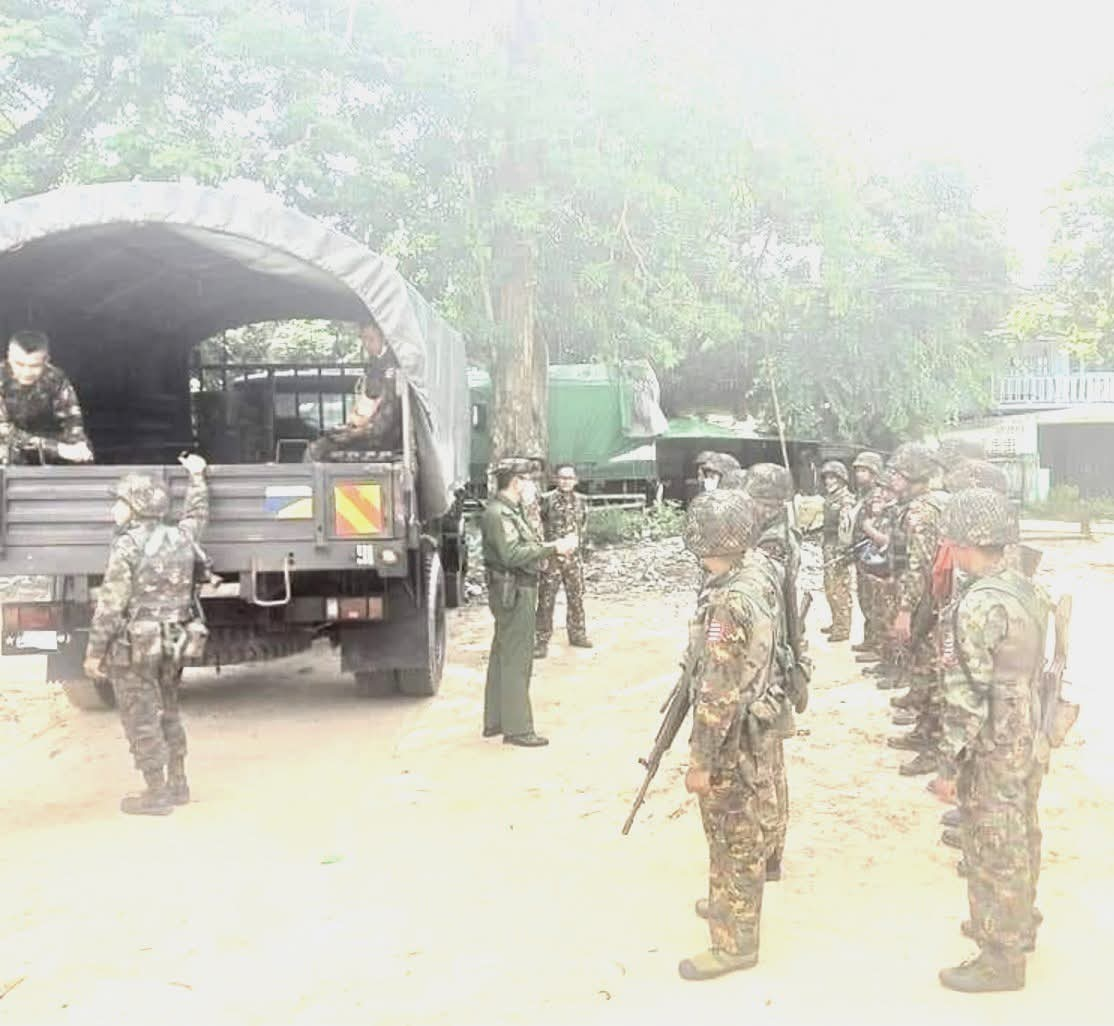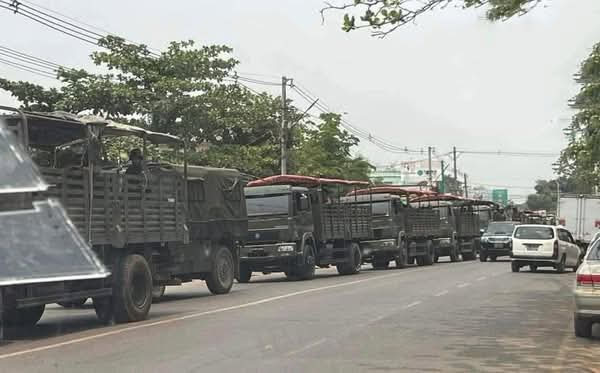
An Incident Response Plan (IRP) for a 5G network is crucial due to the unique challenges and risks that come with this advanced technology. 5G networks introduce new components,
architectures, and vulnerabilities compared to previous generations of mobile networks. Here’s a structured approach to creating an effective IRP tailored for a 5G environment:







Establish Response Team: Form a dedicated incident response team with clear roles and responsibilities, including network engineers, security analysts, and legal advisors.
Training and Awareness: Conduct regular training sessions for the incident response team and general staff about the specific risks associated with 5G networks.
Develop Policies and Procedures: Create and document policies specific to the 5G ecosystem, including data handling, privacy, and compliance requirements.
Alerting Mechanisms: Implement monitoring tools to detect potential security incidents in real-time. This includes network traffic analysis, anomaly detection, and threat intelligence feeds.
Incident Classification: Develop a classification system for incidents based on severity and type (e.g., denial of service, data breaches, hardware failures).
Short-term Containment: Define immediate actions to limit the impact of the incident (e.g., isolating affected components, rerouting traffic).
Long-term Containment: Develop a plan for a more permanent solution to ensure the incident does not recur, which may involve patching vulnerabilities or changing configurations.
Threat Removal: Identify the root cause of the incident and take actions to eliminate the threat from the environment.
Vulnerability Patching: Address any vulnerabilities that were exploited during the incident, ensuring all systems and software are updated.
System Restoration: Restore affected systems and services to normal operation while ensuring they are free of threats.
Monitoring: Implement enhanced monitoring of affected systems for signs of further issues post-recovery.
Post-Incident Review: Conduct a thorough review of the incident to analyze what happened, how it was handled, and what could be improved.
Update IRP: Revise the incident response plan and prepare updates to policies, procedures, and training based on the lessons learned.
Stakeholder Communication: Develop a communication plan that outlines how and when internal and external stakeholders will be informed during an incident.
Regulatory Compliance: Ensure communication aligns with legal and regulatory requirements regarding data breaches and incidents.
Regular Drills and Simulations: Conduct tabletop exercises and simulations to test the incident response plan and ensure readiness.
Stay Updated: Keep abreast of the latest 5G technology developments and threat landscape changes to inform updates to the IRP.
Network Slicing: Understand that different slices may have different requirements and containment strategies.
Edge Computing: Be aware of the security implications of edge computing and how it ties to the overall incident response strategy.
Vulnerability Management: Due to the distributed nature of 5G, maintain a proactive vulnerability management program that regularly assesses devices and applications.
Collaboration with Vendors: Engage with third-party vendors and service providers as they may play a role in incident management.
User Privacy: Address concerns related to user privacy and data protection as 5G enables new data collection capabilities.
Developing a robust incident response plan for 5G networks is an iterative process that requires ongoing commitment to adapt to evolving technologies and emerging threats.


Leave a Reply